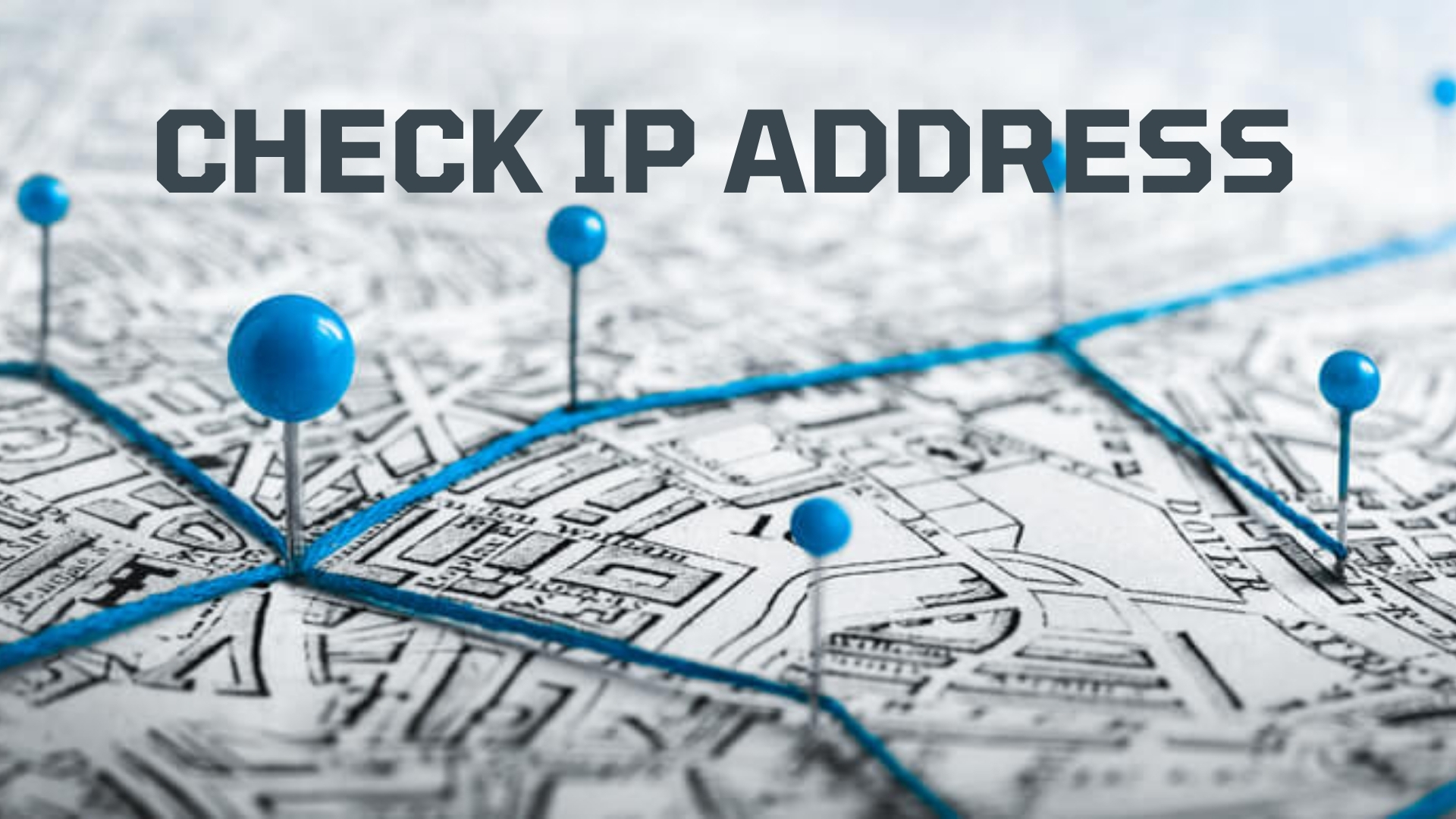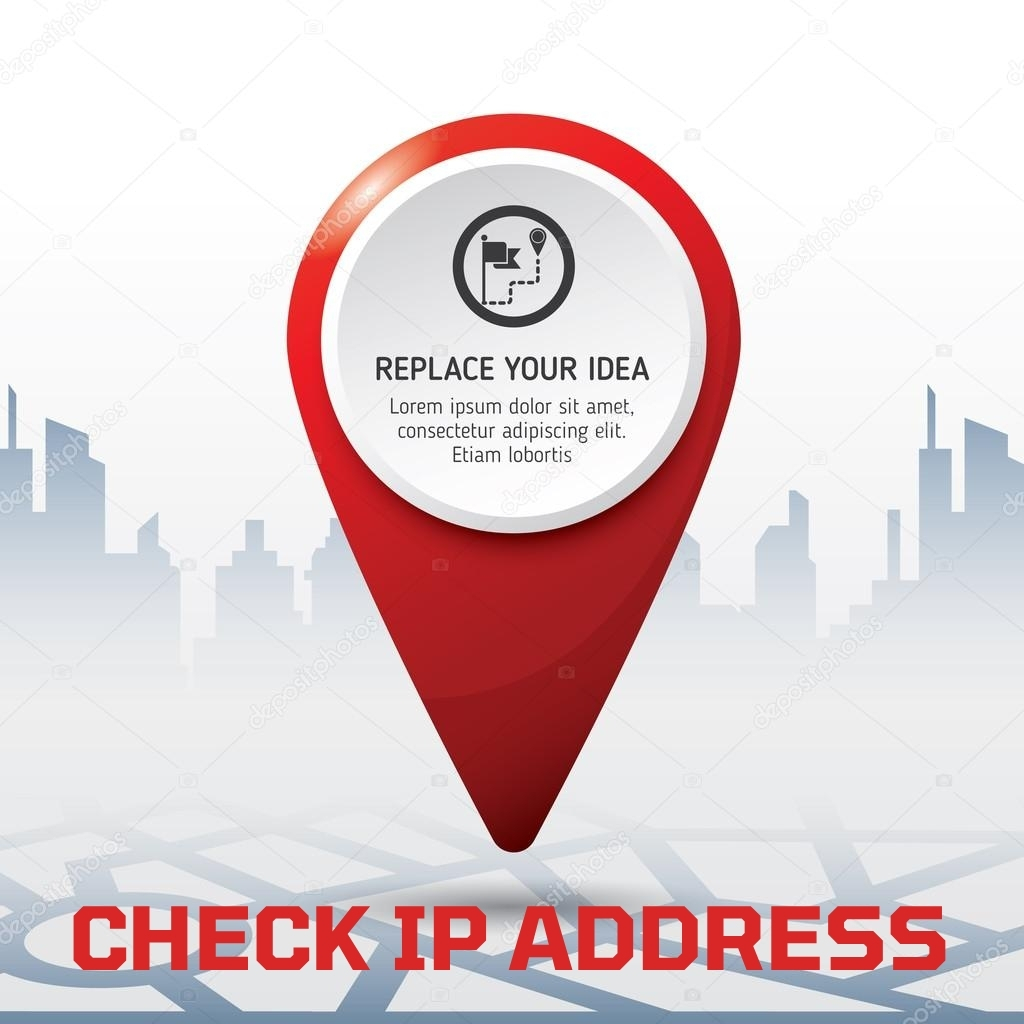In today’s digital age, understanding your IP address is crucial for both personal and professional online activities. Whether you’re troubleshooting network issues, enhancing your privacy, or simply curious about your digital footprint, knowing how to check your IP address is a fundamental skill. But what exactly is an IP address? Why does it matter, and how can you manage it effectively?
This comprehensive guide will walk you through everything you need to know about checking your IP address. We’ll cover what an IP address is, the difference between public and private IPs, how to find your IP address on various devices, and why it’s important for your security and privacy. By the end, you’ll be equipped with practical knowledge and tools to take control of your online presence.
Your IP Information
Loading...
What Is an IP Address?
An IP address (Internet Protocol address) is a unique string of numbers separated by periods or colons that identifies each computer using the Internet Protocol to communicate over a network. Think of it as your device’s digital home address, allowing information to find its way to and from your device.
Types of IP Addresses
There are several types of IP addresses, each serving a specific purpose:
- Public IP Address: Assigned by your Internet Service Provider (ISP) and used to identify your device on the wider internet.
- Private IP Address: Used within private networks (like your home Wi-Fi) to identify devices internally.
- Static IP Address: An IP that doesn’t change over time.
- Dynamic IP Address: An IP that can change periodically, assigned by DHCP servers.
IPv4 vs. IPv6
- IPv4: The most common format, consisting of four numbers (e.g., 192.168.1.1).
- IPv6: A newer format designed to accommodate more devices, using hexadecimal numbers (e.g., 2001:0db8:85a3:0000:0000:8a2e:0370:7334).
Why Should You Check Your IP Address?

Knowing your IP address is important for several reasons:
- Troubleshooting Network Issues: Helps diagnose connectivity problems.
- Remote Access: Required for accessing your network or devices remotely.
- Security: Monitoring for unauthorized access or potential threats.
- Privacy: Understanding what information you’re sharing online.
How to Check Your IP Address
Checking Your Public IP Address
Your public IP address is what the internet sees. Here’s how to find it:
Using Online Tools
The easiest way is to use a web-based IP checker. Some popular options include:
- WhatIsMyIP.com
- IP Chicken
- Google Search (simply type “what is my IP”)
Steps:
- Open your web browser.
- Visit any of the above websites.
- Your public IP address will be displayed at the top of the page.
Example Output
| Tool | Result Example |
|---|---|
| WhatIsMyIP.com | 203.0.113.42 |
| IP Chicken | 203.0.113.42 |
| Google Search | 203.0.113.42 |
Checking Your Private IP Address
Your private IP address is used within your local network. Here’s how to find it on different devices:
On Windows
- Press
Windows + R, typecmd, and press Enter. - In the Command Prompt, type
ipconfigand press Enter. - Look for “IPv4 Address” under your active network connection.
On macOS
- Open
System Preferences>Network. - Select your active connection (Wi-Fi or Ethernet).
- Your IP address will be displayed on the right.
On Linux
- Open Terminal.
- Type
hostname -Iand press Enter. - The displayed number is your private IP address.
On Mobile Devices
- Android: Settings > Network & Internet > Wi-Fi > Tap your network > Advanced.
- iOS: Settings > Wi-Fi > Tap the “i” next to your network.
Public vs. Private IP Address: What’s the Difference?
| Feature | Public IP Address | Private IP Address |
|---|---|---|
| Visibility | Visible on the internet | Only within local network |
| Assigned by | ISP | Router/DHCP server |
| Example | 203.0.113.42 | 192.168.1.2 |
| Use Case | Internet communication | Internal device comms |
| Security Risk | Higher | Lower |
How Is Your IP Address Assigned?

Dynamic vs. Static IP Addresses
- Dynamic IP: Most home users have dynamic IPs, which change periodically. Assigned by DHCP servers.
- Static IP: Remains the same. Often used by businesses or for hosting servers.
Can You Change Your IP Address?
Yes, you can:
- Restart your router (may assign a new dynamic IP).
- Contact your ISP for a static IP or to request a change.
- Use a VPN to mask your public IP with another location.
How to Hide or Mask Your IP Address
For privacy or security, you might want to hide your real IP address. Here are common methods:
1. Use a VPN (Virtual Private Network)
A VPN routes your internet traffic through a secure server, masking your real IP address.
Benefits:
- Enhanced privacy
- Bypass geo-restrictions
- Secure public Wi-Fi usage
2. Use a Proxy Server
A proxy acts as an intermediary between your device and the internet.
Note: Proxies are generally less secure than VPNs.
3. Use Tor Browser
Tor routes your traffic through multiple volunteer-operated servers, anonymizing your IP.
Security and Privacy Concerns
Your IP address can reveal:
- Your approximate geographic location
- Your ISP
- Potential vulnerabilities if not properly secured
Tips to Protect Your IP Address:
- Use firewalls and updated antivirus software.
- Avoid sharing your IP address publicly.
- Use VPNs or proxies for sensitive activities.
Advanced: IP Address Management for Businesses
Businesses often need to manage multiple IP addresses for their networks and devices. This involves:
- Subnetting: Dividing a network into smaller sub-networks.
- IP Address Allocation: Assigning static or dynamic IPs to devices.
- Monitoring: Using tools to track IP usage and detect conflicts.
Popular IP Management Tools:
- SolarWinds IP Address Manager
- ManageEngine OpUtils
- Infoblox IPAM
FAQ
What is my IP address?
Your IP address is a unique identifier assigned to your device when you connect to the internet. You can check it using online tools like WhatIsMyIP.com or by searching “what is my IP” on Google.
Is my IP address permanent?
Most home users have dynamic IP addresses that change periodically. Static IP addresses do not change and are often used by businesses.
Can someone track me using my IP address?
Your IP address can reveal your general location and ISP, but not your exact address. However, with legal authority, ISPs can match IPs to users.
How do I change my IP address?
You can change your IP by restarting your router, contacting your ISP, or using a VPN.
What’s the difference between IPv4 and IPv6?
IPv4 uses 32-bit addresses (e.g., 192.168.1.1), while IPv6 uses 128-bit addresses (e.g., 2001:0db8:85a3:0000:0000:8a2e:0370:7334), allowing for more unique addresses.
Why would I need a static IP address?
Static IPs are useful for hosting servers, remote access, and certain business applications that require consistent addressing.
Are VPNs legal?
In most countries, using a VPN is legal. However, using a VPN for illegal activities remains unlawful.
Conclusion
Understanding how to check your IP address is a fundamental aspect of managing your online presence and security. Whether you’re a casual user, a remote worker, or a network administrator, knowing your public and private IP addresses empowers you to troubleshoot issues, protect your privacy, and optimize your digital experience.
Key Takeaways:
- Your IP address is your device’s unique identifier online.
- Checking your IP is simple with online tools or device settings.
- Understanding public vs. private IPs helps you manage security and connectivity.
- Use VPNs or proxies to mask your IP for enhanced privacy.
- Businesses should consider IP address management tools for complex networks.